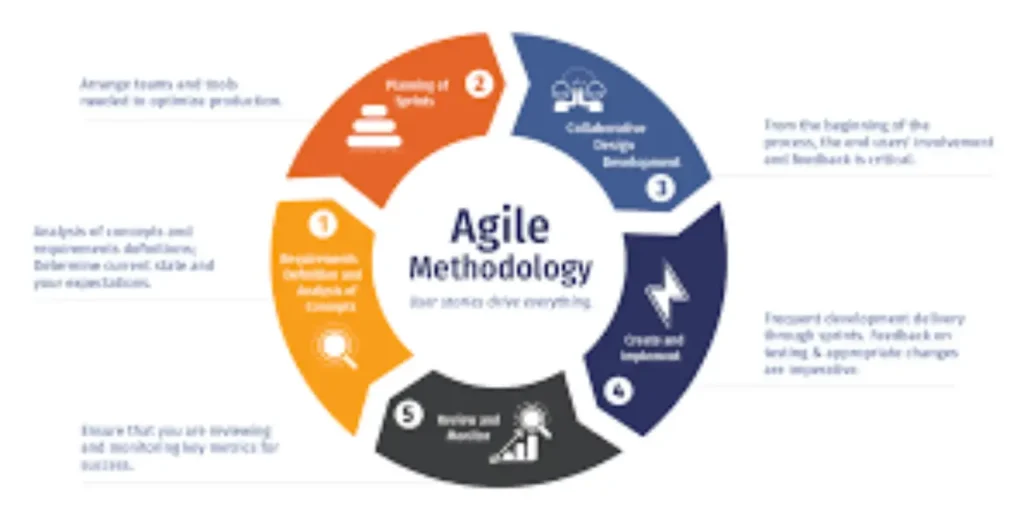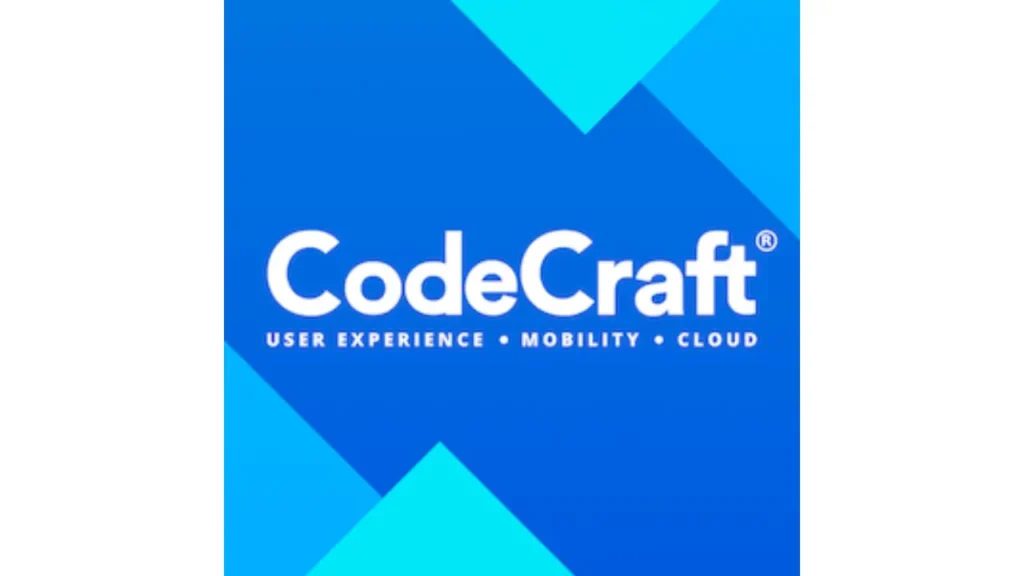Introduction to CodeCraft
In the dynamic landscape of software development, mastering codecraft—an artful blend of agility, precision, and innovation—is paramount. This article delves into the intricacies of codecraft: agile strategies for crafting exemplary software. From inception to deployment, every phase of the development lifecycle demands finesse and adaptability. Let’s embark on this journey towards software excellence.
Understanding Agile Methodology

Embracing Iterative Development
In the realm of software engineering, agility reigns supreme. Iterative Development lies at the heart of agile methodology, fostering incremental progress and continuous feedback loops. By breaking down complex projects into manageable sprints, teams can swiftly adapt to evolving requirements and deliver value at each iteration.
Agile Manifesto: Core Principles
The Agile Manifesto encapsulates the foundational principles guiding agile development. Prioritizing individuals and interactions over processes and tools, fostering customer collaboration, responding to change, and embracing simplicity are the cornerstones of agile philosophy.
Scrum Framework: Pillars of Productivity
Scrum, a popular agile framework, empowers teams to self-organize and collaborate effectively. Anchored by transparency, inspection, and adaptation, Scrum ceremonies such as sprint planning, daily stand-ups, sprint reviews, and retrospectives foster a culture of continuous improvement.
Kanban Method: Visualizing Workflow
Kanban, derived from Japanese manufacturing practices, offers a visual approach to workflow management. By visualizing work items on a Kanban board and limiting work in progress, teams can optimize flow, minimize bottlenecks, and enhance overall productivity.
Optimizing Development Practices

Test-Driven Development (TDD)
Test-Driven Development (TDD) advocates writing tests before code implementation, ensuring robustness and reliability from the outset. By iteratively writing failing tests, refining code to pass tests, and refactoring for elegance, developers can achieve higher code quality and maintainability.
Continuous Integration (CI) and Continuous Deployment (CD)
Continuous Integration (CI) and Continuous Deployment (CD) streamline the software delivery pipeline, enabling frequent code integration, automated testing, and seamless deployment. By automating repetitive tasks and reducing manual intervention, CI/CD pipelines accelerate time-to-market and enhance product quality.
DevOps Culture: Bridging Development and Operations
DevOps fosters collaboration between development and operations teams, breaking down silos and promoting shared accountability. By embracing automation, monitoring, and continuous feedback, organizations can foster a culture of innovation, resilience, and rapid iteration.
Lean Software Development: Eliminating Waste
Lean Software Development draws inspiration from lean manufacturing principles, emphasizing value stream mapping, waste elimination, and continuous improvement. By focusing on customer value, minimizing defects, and empowering teams, lean practices optimize efficiency and drive business outcomes.
Ensuring Quality Assurance
Automated Testing: Ensuring Reliability
Automated Testing harnesses the power of test automation frameworks to validate software functionality, performance, and security. By executing tests programmatically, organizations can detect regressions early, mitigate risks, and maintain a high level of product quality.
User Acceptance Testing (UAT)
User Acceptance Testing (UAT) validates software from an end-user perspective, ensuring alignment with user expectations and business requirements. By engaging stakeholders in the testing process and soliciting feedback iteratively, organizations can deliver user-centric solutions that drive satisfaction and loyalty.
Code Reviews: Enhancing Code Quality
Code Reviews promote collaboration, knowledge sharing, and code quality by soliciting peer feedback and identifying potential issues early. By conducting regular code reviews and adhering to coding standards, teams can mitigate technical debt and foster a culture of excellence.
Performance Optimization: Scaling for Success
Performance Optimization encompasses profiling, benchmarking, and tuning software to meet performance targets and scalability requirements. By identifying and addressing bottlenecks proactively, organizations can ensure optimal user experiences and seamless scalability.
FAQs
How does agile methodology enhance software development? Agile methodology prioritizes flexibility, collaboration, and responsiveness, enabling teams to adapt to changing requirements and deliver value iteratively.
What are the key benefits of test-driven development (TDD)? Test-driven development (TDD) promotes code quality, reliability, and maintainability by ensuring comprehensive test coverage and driving design through tests.
How does DevOps foster collaboration and innovation? DevOps bridges the gap between development and operations, promoting automation, continuous feedback, and shared accountability to accelerate delivery and drive innovation.
What role does automated testing play in software quality assurance? Automated testing validates software functionality, performance, and security efficiently, enabling organizations to detect regressions early and maintain a high level of quality.
Why is user acceptance testing (UAT) crucial for software development? User acceptance testing (UAT) ensures alignment with user expectations and business requirements, fostering user satisfaction and driving product success.
How can organizations optimize software performance effectively? Performance optimization involves profiling, benchmarking, and tuning software to meet performance targets, ensuring optimal user experiences and scalability.
Conclusion
In the ever-evolving landscape of software development, mastering codecraft: agile strategies for crafting exemplary software is indispensable. By embracing agile principles, optimizing development practices, ensuring quality assurance, and fostering a culture of continuous improvement, organizations can unlock their full potential and deliver software solutions that exceed expectations.

